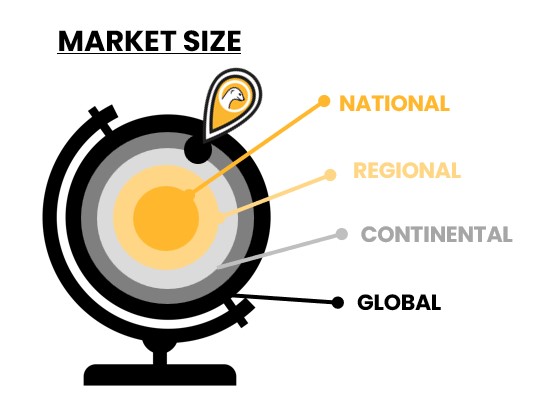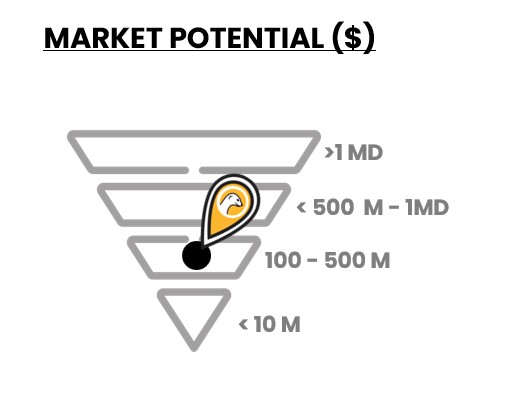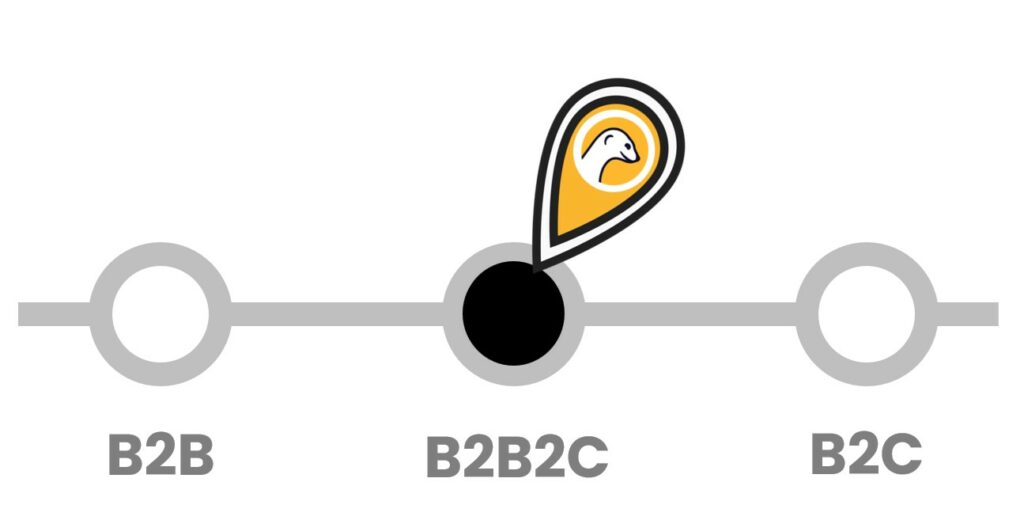The subject to be explored by the team:
This is one of the most tedious steps in an innovation project, “how much will (could) we make?” A first good reflex to adopt, when you don’t know how to make a turnover projection, is to get closer to a financial professional and co-construct together the project’s provisional business plan.
A tool for collaboration:
To prepare this work, we propose you 5 small essential themes of a business, to work in team, so that a financial professional can build the business plan.
1/ Know the geography of your target market:
Where are the customers? How are they distributed geographically? First, we try to estimate the size of the market in terms of potential customers. Is it a niche market or a mass market? What will be the nationalities of the customers, which countries are already concerned by this market?

2/ Estimate the market potential
Based on the market size and the geographic distribution and concentration of future customers, what is the total, economic, market size. For example, Gartner 2021 estimated the size of the AI software market at $62 billion in 2022.

3/ Define its main marketing method:
In this (coarse-grained) estimation of the market, who will be the purchasing decision maker? Will it be business leaders or end consumers? How does the type of decision-maker impact the way the solution will be marketed?

4/ Project a potential turnover
On a volume of target customers, in a future projection of the envisaged business, what would be the theoretically achievable revenues? One way to estimate these amounts is to cross a target market geography, with a sales force that generates, for each commercial entity (point of sale, sales representative or distributor) an average basket / customer. The diagram below presents an example of a theoretical calculation of turnover.

5/ Estimate your reachable market
On the basis of the turnover to be generated on the target market, it is then necessary to estimate the potential of its “reachable market” in the short term. To do this, we start by refining the theoretical sales basket to the price that our first sponsors (= those who already support us) would be willing to pay to benefit from the solution.
Then, we can further refine this result by assessing the ability of the price to evolve (as in the illustration above) with the arrival of new features and services.
Indeed, the price of a service or product is not always related to the number of features or its size, as for smartphones or train tickets. Prices and sales channels can depend as much on supply chain optimization as on the emotional value proposition of the solution.